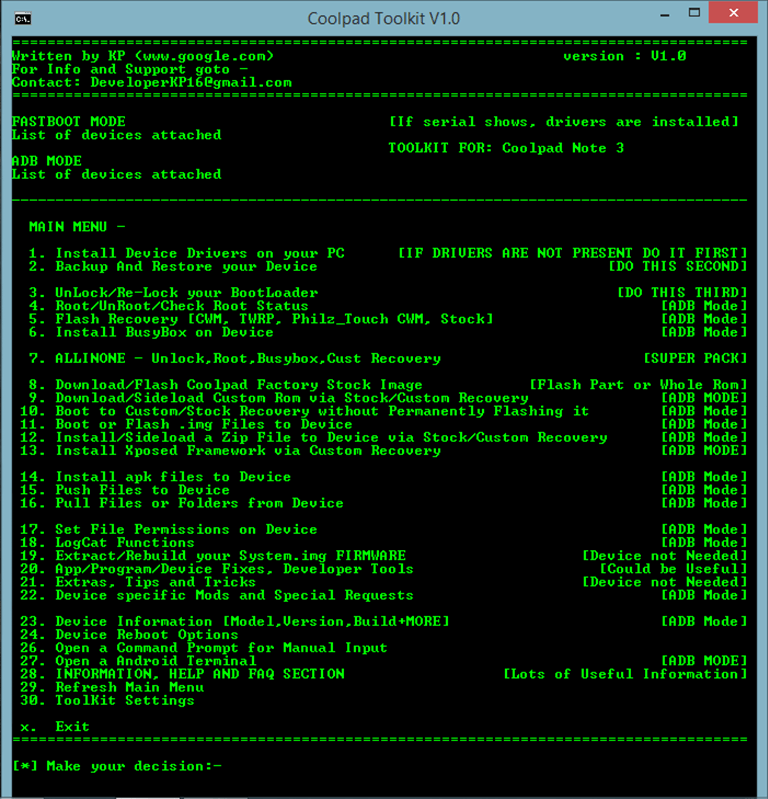

- #Bootable ubuntu usb for old mac formats for mac os x
- #Bootable ubuntu usb for old mac formats install
- #Bootable ubuntu usb for old mac formats iso
There is no "What the heck is persistent mode? What are the checkboxes in Options for?" Win32DI is just click, click, click, done. Select the USB drive you want to use and the. It also doesn't require watching a video to use. Win32-Disk-Imager is less confusing and requires less clicks to use than LinuxLiveUSB.
#Bootable ubuntu usb for old mac formats iso
# Write the Linux Mint ISO image to the USB key. # If the USB key has a partition from it that is currently mounted, then unmount it. # Lst current drives, to get device name for USB key (in this example, the USB key is /dev/disk1)Ģ: Apple_HFS Macintosh HD 99.7 GB disk0s2 Next, I ran the following commands from a terminal window: First, I used diskutil to reset the USB key to a single partition.Ģ.
#Bootable ubuntu usb for old mac formats for mac os x
Here are the steps for Mac OS X (similar to the steps using Terminal):ġ.

Then at the prompt grub> I typed exit, and after pressing Enter, it finally gave me the Unetbootin menu from which it succesully loaded Mint 17.2 but only when selecting "Start Linux Mint". At step 4, it did boot from the flash drive but directly into GRUB 2 command shell(but right before the grub I could see a line for 1 second saying "Secure Boot Not Enabled"). At step 3 both Gparted and fdisk reported everything normal(both partition table(msdos) and filesystem(fat32) were the same as before writing to the flash drive). Success with unetbootin! After the failures above I repeted step 1, and at the step 2, I used unetbootin-linux-608 on the same usb flash drive. After pressing the first 2 options, the computer simply restarted immediately and i arrived at the same grub screen. 4- restarted the computer, and first I tried with the "Multi Boot Menu" which appears on my laptop when i press F12 right after turning on the PC, and after i selected from the Multi Boot Menu, the usb flash drive with Mint17.2, i saw a black screen(waited about 10 minutes while nothing happened on the screen and then I manually restarted) second I tried was modifying the boot order in BIOS, and selected the usb flash drive as the first in order which gave me the screen with GNU Grub v2.00-7ubuntu11 from which i could select: 'Start Linux Mint 17.2 Cinnamon 64-bit', 'Start Linux Mint 17.2 Cinnamon 64-bit (Compatibility Mode)' and 'Check the integrity of the medium'.

I/O size (minimum/optimal): 512 bytes / 512 bytes Sector size (logical/physical): 512 bytes / 512 bytes Use GNU PartedĢ55 heads, 63 sectors/track, 488 cylinders, total 7843840 sectors WARNING: GPT (GUID Partition Table) detected on '/dev/sdb'! The util fdisk doesn't support GPT. first with Gparted which said: 'No partition table found on device dev/sdb' and 'File system: unallocated' here is a more detailed information in a print screen 3- removed the USB flash drive, then plugged it back to check it: 1- on a 4GB USB flash drive I used Gparted to create a msdos Partition Table, and formated with fat32 Filesystem

Here are the steps i taken: (on Mint 13(64bit) which I have installed now) First of all I am not a programmer, but a gnu/linux beginner(who want to learn more :)) and I thought I should write all the troubleshooting details to save many hours from other beginners time who just want to make a bootable USB flash drive with this release. I guess that everything Clem wrote in the tutorial worked back then, but now with this latest Mint 17.2 RC and a Non Uefi computer it seems that even the dd command completed ok, the computer still doesn't boot from the USB flash. My laptop is lenovo, 4x Intel(R) Core(TM) i5-2410M CPU 2.30GHz, # Not Booting from a Non UEFI, Legacy Bios computer !!! # Launch "USB Image Writer" from the menu, select your ISO image and your USB device and press "Write to device". MintStick is installed by default in Linux Mint. The USB stick isn't persistent (though you can still use Unetbootin to do this). This method deletes all the data present on the USB drive Hybrid ISOs are still compatible with Unetbootin and Startup Disk Creator The resulting USB stick will act exactly like a liveCD/DVD.
#Bootable ubuntu usb for old mac formats install
With hybrid images, you can simply write the content of the ISO and make a bootable USB stick which can install Linux Mint by using the 'dd' command. Traditionally, tools such as 'Startup Disk Creator' or 'UNetbootin' were needed to install Linux Mint via USB. Previous releases such as Linux Mint 9, 10, 11, or even the main edition of Linux Mint 12 are not covered by this tutorial. Starting with the release of Linux Mint 12 KDE RC, Linux Mint switched to Hybrid ISO images. This tutorial only covers Hybrid ISO images.


 0 kommentar(er)
0 kommentar(er)
